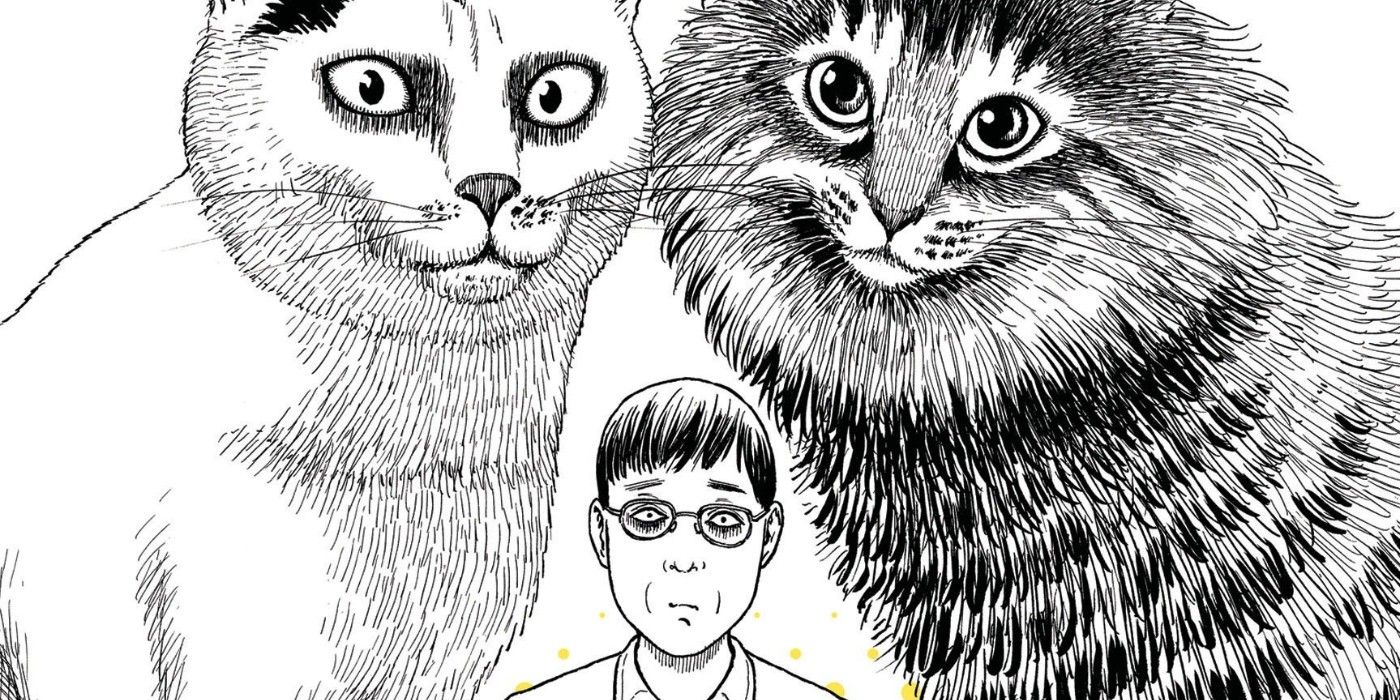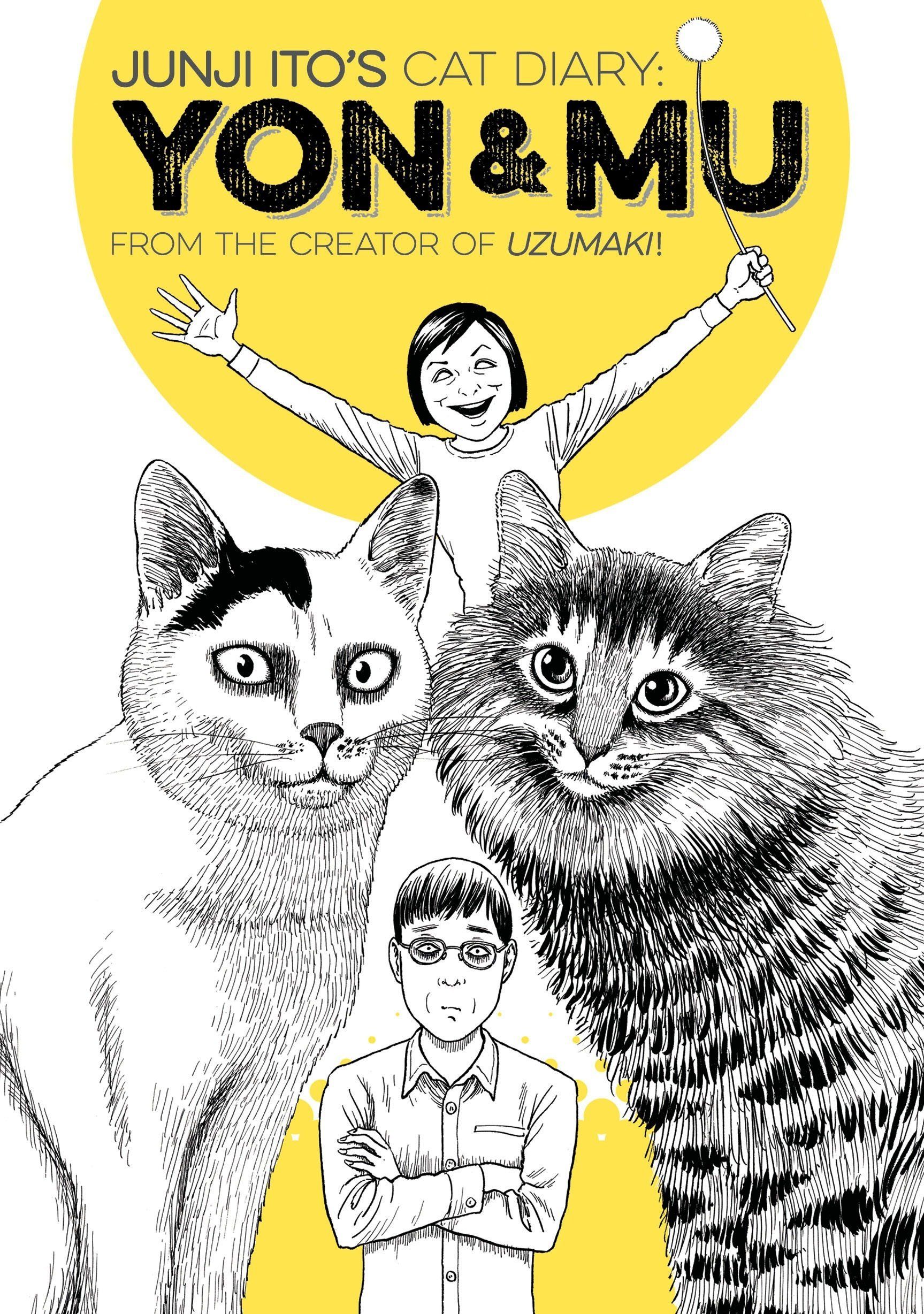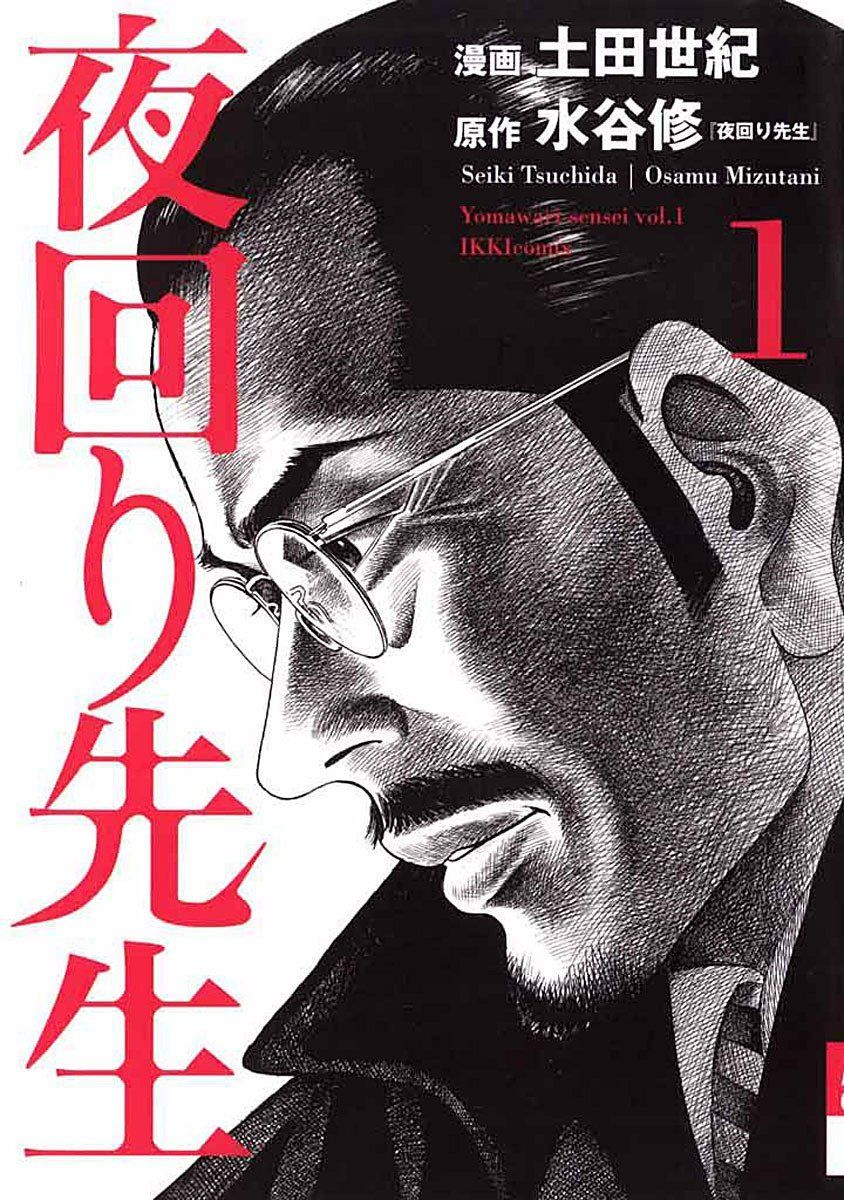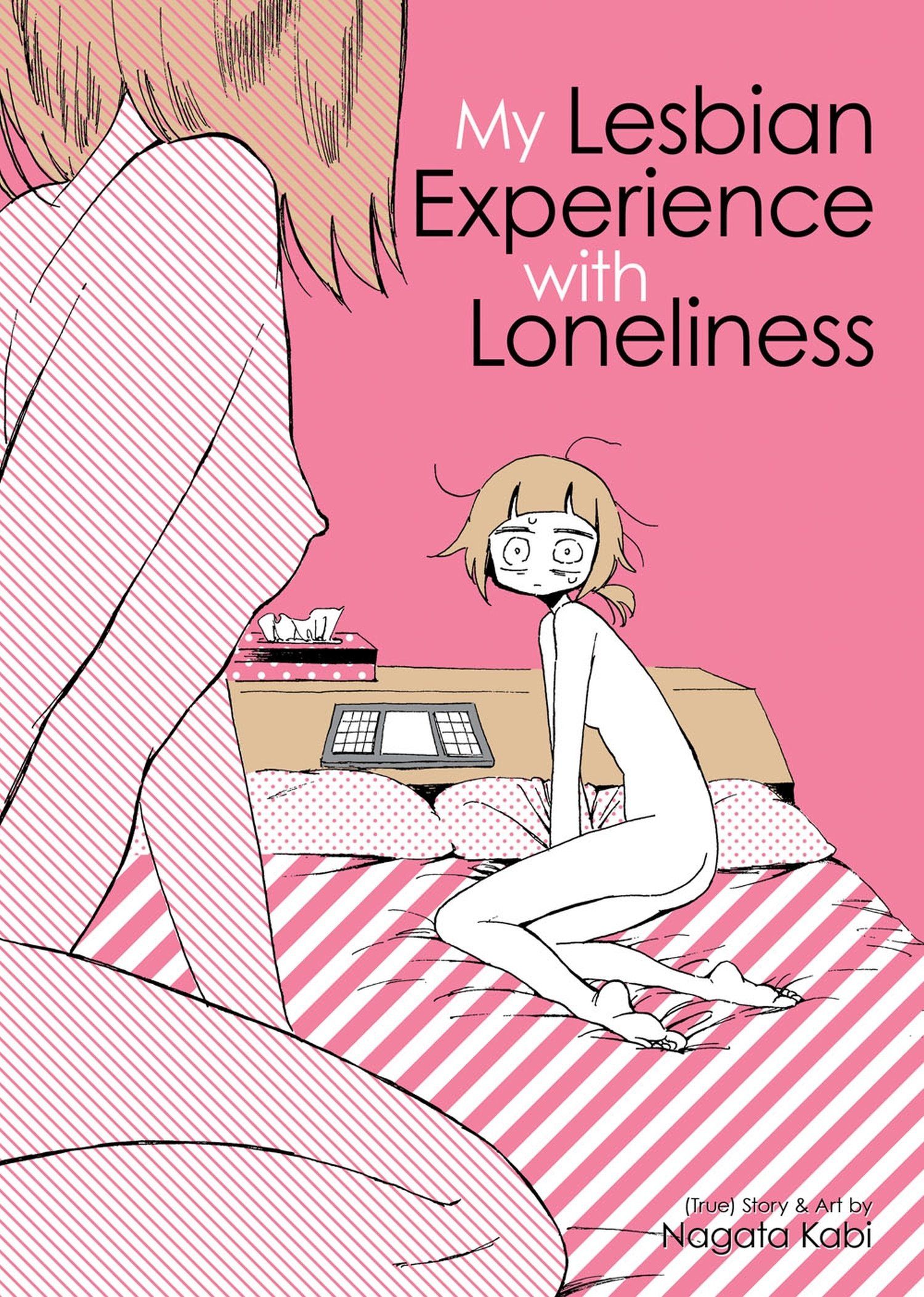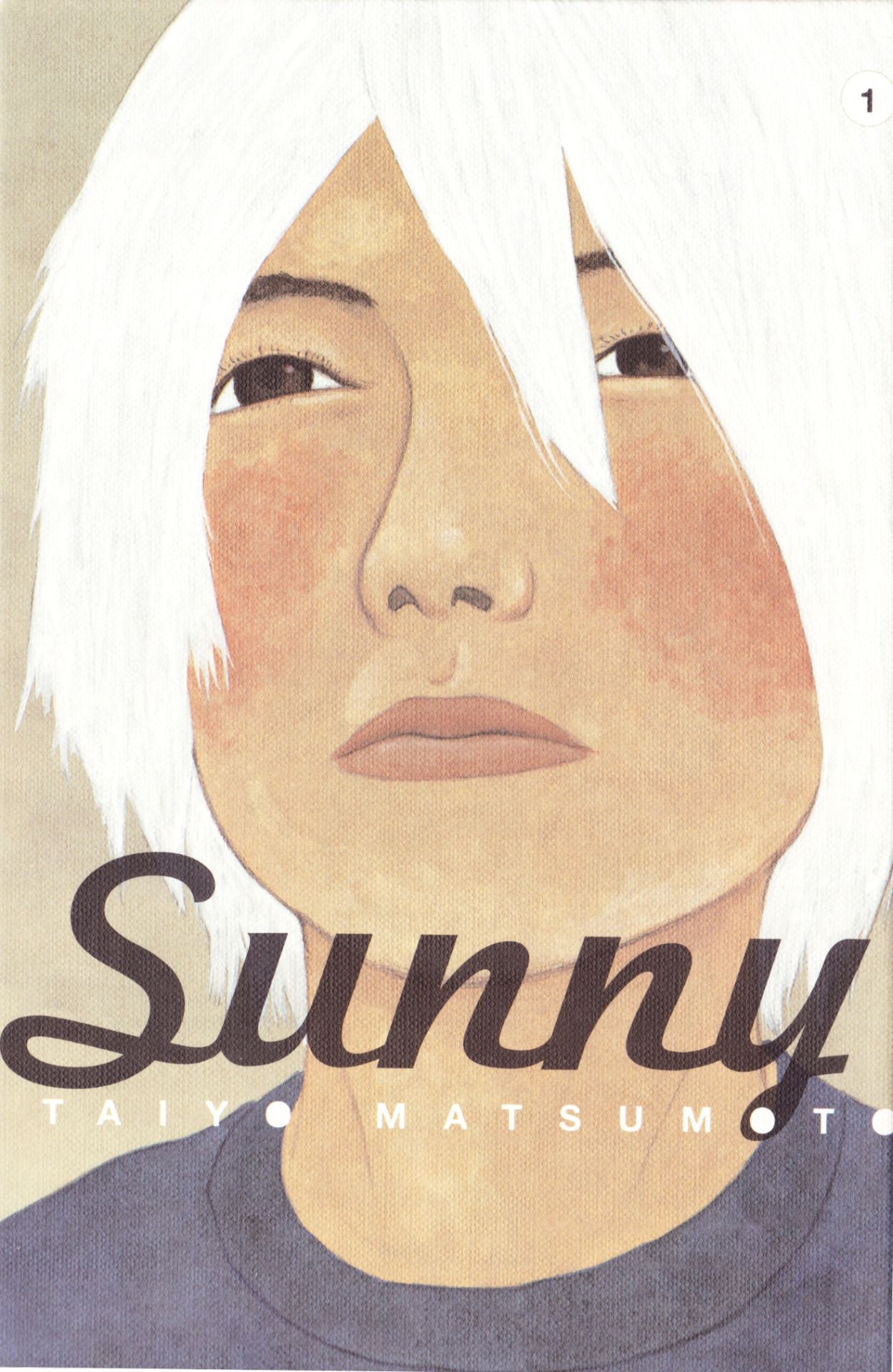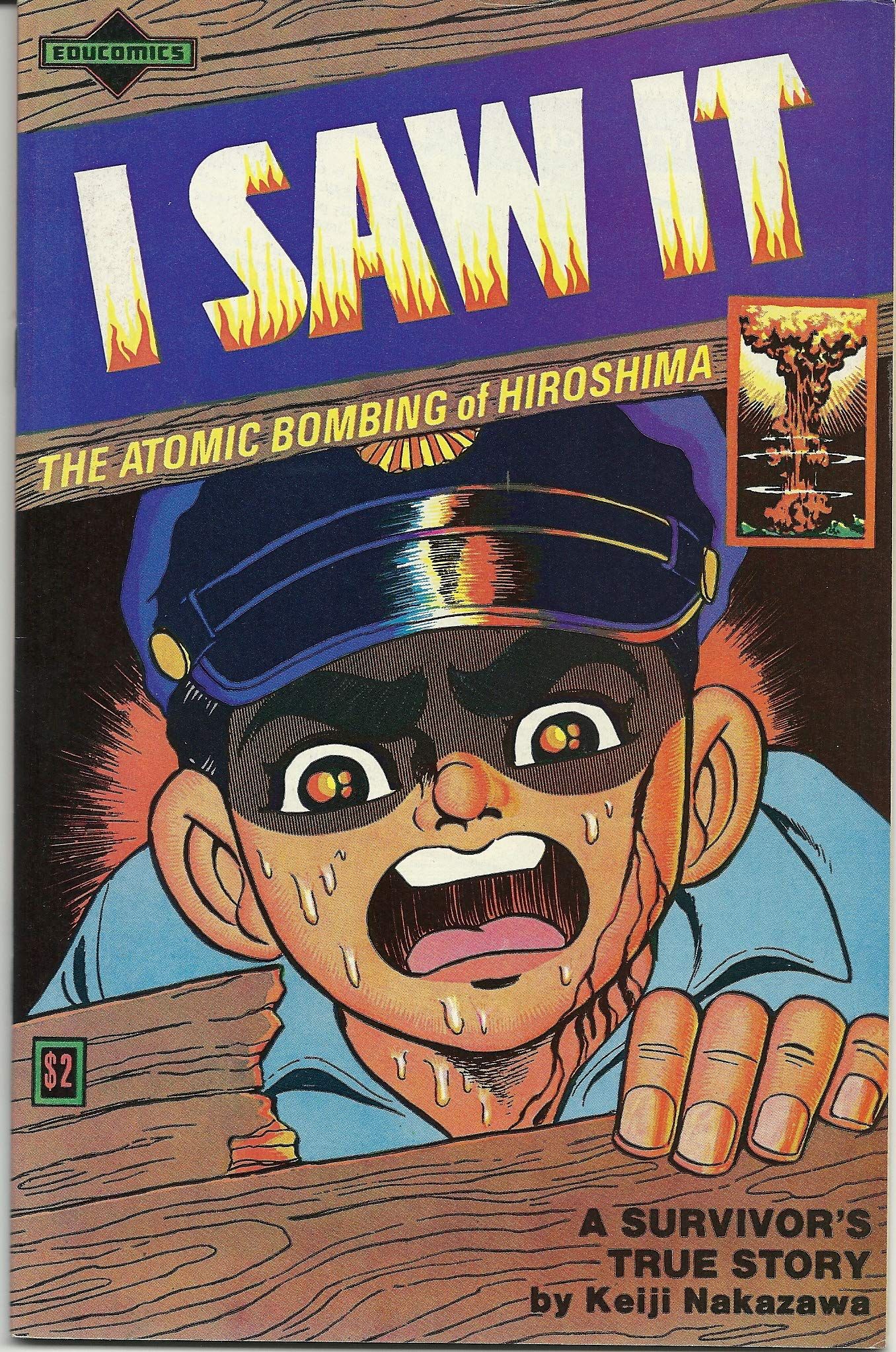Manga can whisk a reader to a far away galaxy or explore the inner workings of a high school student turned into a slime. Often, authors are far removed from the worlds they create, but sometimes, they turn the pen on themselves. Autobiographical manga have been around for ages, but often don't get the recognition they deserve.
Though many manga creators are known for their genre-defining stories or fantastical art, penning a more personal tale reveals a unique creative range that would otherwise go unseen. These autobiographies span silly, anecdotal stories to harrowing lived experiences, but each centers the vivid voice of their often-unheard creators. Here are five autobiographical manga worthy of a read, if only to get to know the minds behind the ink.
Junji Ito's Cat Diary: Yon & Mu
True horror often comes from the mundane, twisting the familiar into something otherworldly. Manga master Junji Ito takes this concept to the extreme to create his macabre tales. Take for instance Uzumaki, his wildly successful horror manga in which he manages to make spirals terrifying. In Junji Ito's Cat Diary: Yon & Mu, Ito's creativity is explored through the eyes of his two titular cats.
Yon, also known as “The Cat with an Acursed Face,” is adopted via his in-laws. Distrusting of the feline, Ito reluctantly builds a cat tower ahead of its arrival, declaring that he “won't accept” the supposedly evil creature. Mu is adopted from a cat show and, after several intense staring contests, becomes the focus of Ito's love.
The manga has meticulously hand drawn artwork and charmingly deranged situations as the artist carefully examines these cursed creatures hellbent on devouring his soul. This window into Ito's mind is often hilarious as the author takes hold of the tropes of his usual work to express his deep-rooted fondness for his pets. Distinctly Ito, Yon & Mu is an intimate exploration of the author's personal life.
Yomawari Sensei
Yomawari Sensei, also known as The Night Patrol Teacher, is a sobering glimpse into a troubled world as experienced by author Osamu Mizutani, who spent 14 years attempting to rescue runaway teenagers from drugs, crime and suicide. Originally a novel, the book was illustrated by Seiki Tsuchida and serialized in Ikki Comix from 2004 to 2008.
In 1992, Mizutani taught night school in Yokohama. It was there that he found students who were addicted to drugs or who had chosen to become recluses, withdrawing from society, leaving them vulnerable. In an attempt to help these students, Mizutani began walking neighborhoods at night, counseling those he came across.
Mizutani's experiences are often violent and disturbing. While attempting to help a Taiwanese youth escape from servitude, a gang's boss forces Mizutani to smash his own finger with a hammer. He comes across young people dealing with a variety of serious issues - and faces the stark reality of being unable to help all of them.
The manga is a harsh look at what it means to help others. More than philosophizing about it, it shows the life of a man that took action, the toll that choice takes on him and how his actions help - or fail to help - those that need it. Very few stories about superheroics could hold a candle to this manga, which is a cold hit of reality.
My Lesbian Experience With Loneliness
Author Nagata Kabiputs put herself under the microscope in this manga, exploring her flaws, faults and sexuality. The series, originally posted on Pixiv, follows the creator on her inner journey, ultimately leading her to hire a sex worker who assists in overcoming her mental barriers.
At 28 years old, Kabi is directionless and seeking purpose. As a manga artist, she believes her only contribution to society comes in the form of her art, and so begins to explore herself in her unique, two-tone style. Her mental health is given a no-holds-barred forensic examination, touching on her anxiety, depression and sexuality in a way that many readers could personally connect to. Her relationship with her mother is reflected upon and explored as Kabi seeks to please her harshest critic while her decision to hire a prostitute, in the end, is simply a stepping stone toward Kabi's acceptance of herself.
While the manga is often categorized as yuri, the book never gives way to clichés, using the sexual nature of Kabi's self-exploration as a tool to better understand her inner being. The manga was the 2017 Anime Award's Manga of the Year and was recognized in both Publisher Weekly's and Amazon's manga of the year lists.
Sunny
Taiyō Matsumoto's semi-autobiographical Sunny explores the lives of a group of orphans growing up in foster care in the 1970s. Pulling from his own experiences, the usually private Matsumoto gives readers a glimpse of the trials and tribulations of his youth using his own artistic style alongside a hard look inside troubled minds.
Star Kids Home, a Japanese orphanage, is home to a vehicle called Sunny, a busted yellow Datsun. Each of the home's outcasts use it to imagine worlds where they can explore the universe or escape to far away lands, living out fantasies that are leagues away from their daily experiences. The kids are often without parents but many belong to families unable to care for them. In an Interview with TimeOut Tokyo in 2013, Matsumoto said that elements of the manga are drawn from his childhood experiences in an orphanage.
“I had a lot of interesting experiences from living in a children's home when I was young, a lot of memories,” Matsumoto told TimeOut Tokyo. “I actually wanted to make it more autobiographical at first, but I couldn't get it to work, so it settled into being about half real and half fiction.”
I Saw It
Japanese accounts of World War II are often somber and heart wrenching, and Keiji Nakazawa's is no different. The manga recalls Nakazawa's first-hand account of the Hiroshima bombing in brutal detail and was later expanded into the acclaimed series Barefoot Gen.
The short manga follows Nakazawa as an elementary student in 1945. Nakazawa recounts his impoverished childhood as he steals food to eat and gets by on the little money his father earns selling paintings. At approximately 8:15 a.m. on August 6, 1945, while walking to school Nakazawa witnesses an American bomber flying overhead, on its way to drop the atomic bomb "Little Boy" on Hiroshima.
What follows is the harsh reality of the broken world Nakazawa and the remnants of his family must struggle to survive in. But, amidst the rubble, Nakazawa finds a manga to read, which inspires him to become an artist himself. Though the effects of the bombing continue to haunt him, Nakazawa eventually lands in the offices of Weekly Shonen Jump in Tokyo, and the rest is history. Nakazawa's personal tale of triumph is a must read.

